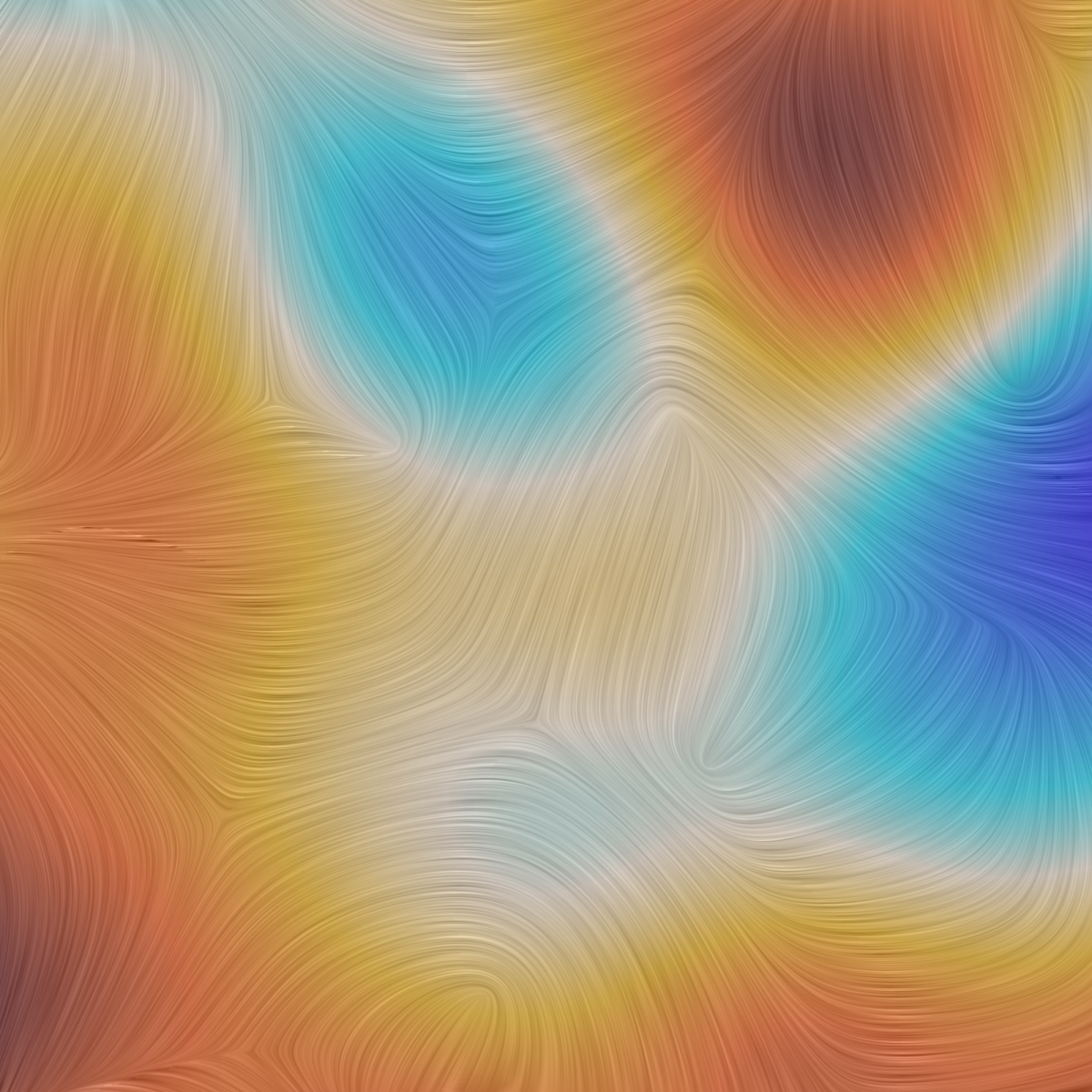Planck: the era of reionization began later than previously thought
The new data obtained by the Planck Space Observatory indicate that the so-called epoch of reionization, during which the first stars appeared in the Universe, apparently began later than previously thought.

Credit: ESA and the Planck Collaboration
The main task of the Planck Observatory is to measure the relict cosmic background - the radiation remaining from one of the earliest stages of the evolution of the Universe - the recombination era. In this epoch, the originally hot Universe cooled, accompanied by the formation of neutral hydrogen atoms from protons and electrons free up to this point.
According to modern concepts, the era of recombination, which ended about 380,000 years after the Big Bang, was replaced by “dark ages” that lasted at least 150 million years. During them, the formed hydrogen was collected in gas clusters, from which the formation of the first stars, galaxies and quasars began. During the period of primary star formation, secondary ionization of hydrogen by the light of stars and quasars occurs — the era of reionization begins.
')
The first observational information about the more or less accurate time of the beginning of reionization was given in 2001 by the WMAP satellite, which also measured the relic radiation. He estimated that this era began about 450 million years after the Big Bang. New data received by Planck are shifting these dates by 100 million years ahead.
The data on the epoch of reionization are extracted from the polarization of the cosmic background background. At KPDV and below, its visualization is given by the team working on the Plank:

Credit: ESA and the Planck Collaboration
Source: Stars are younger: 'Reionization' is more recent than predicted - phys.org

Credit: ESA and the Planck Collaboration
The main task of the Planck Observatory is to measure the relict cosmic background - the radiation remaining from one of the earliest stages of the evolution of the Universe - the recombination era. In this epoch, the originally hot Universe cooled, accompanied by the formation of neutral hydrogen atoms from protons and electrons free up to this point.
According to modern concepts, the era of recombination, which ended about 380,000 years after the Big Bang, was replaced by “dark ages” that lasted at least 150 million years. During them, the formed hydrogen was collected in gas clusters, from which the formation of the first stars, galaxies and quasars began. During the period of primary star formation, secondary ionization of hydrogen by the light of stars and quasars occurs — the era of reionization begins.
')
The first observational information about the more or less accurate time of the beginning of reionization was given in 2001 by the WMAP satellite, which also measured the relic radiation. He estimated that this era began about 450 million years after the Big Bang. New data received by Planck are shifting these dates by 100 million years ahead.
The data on the epoch of reionization are extracted from the polarization of the cosmic background background. At KPDV and below, its visualization is given by the team working on the Plank:

Credit: ESA and the Planck Collaboration
Source: Stars are younger: 'Reionization' is more recent than predicted - phys.org
Source: https://habr.com/ru/post/376207/
All Articles